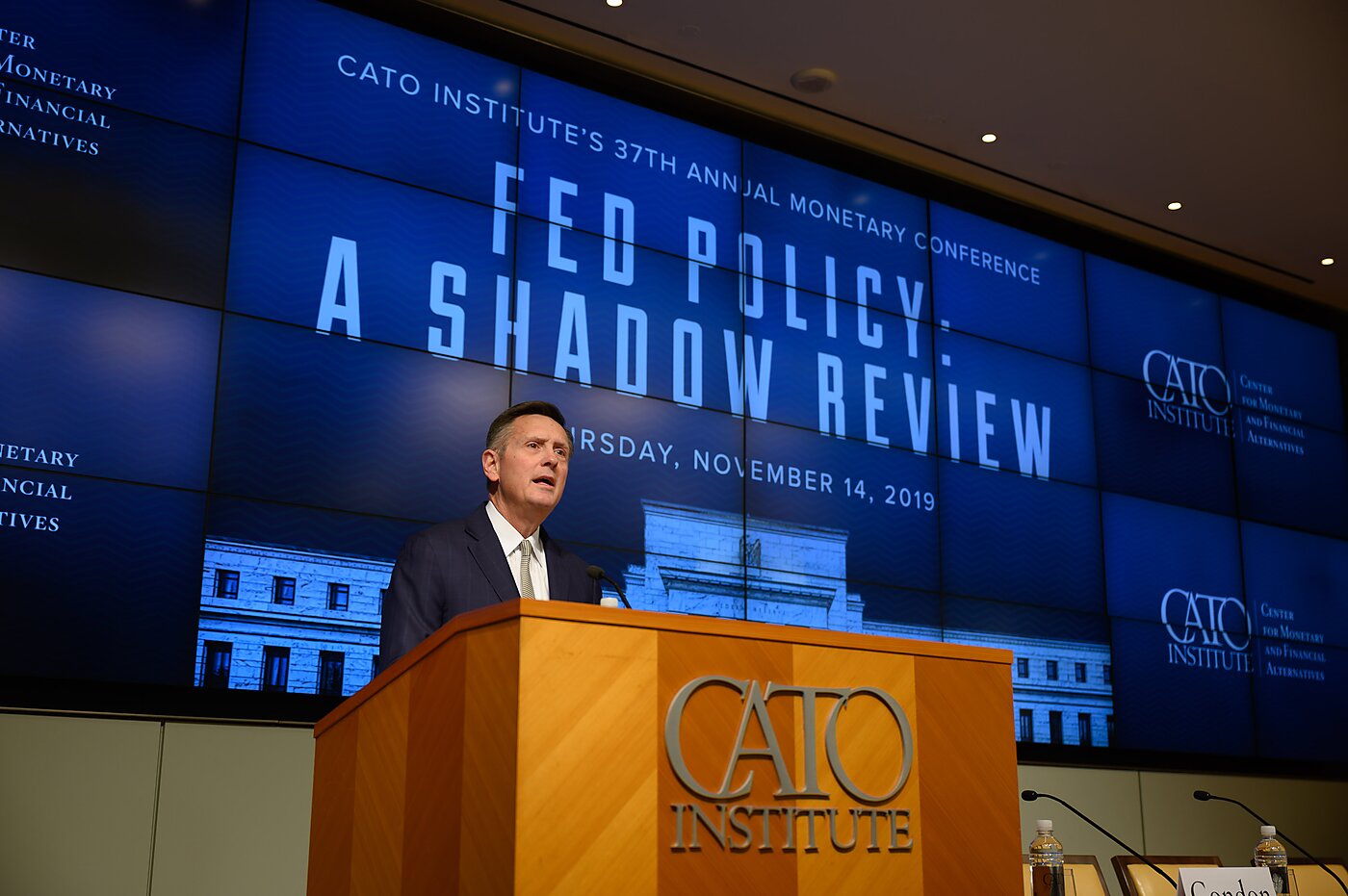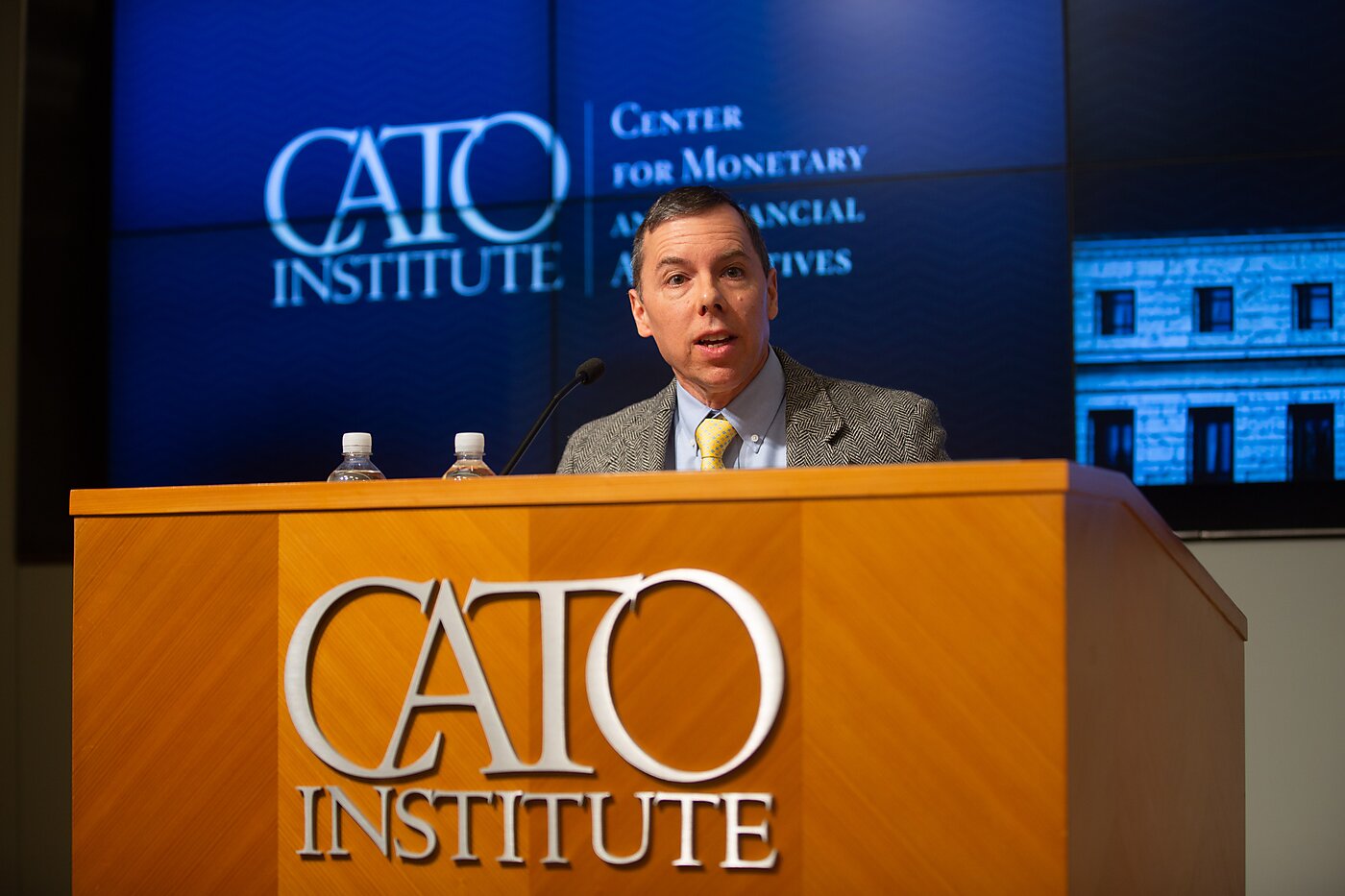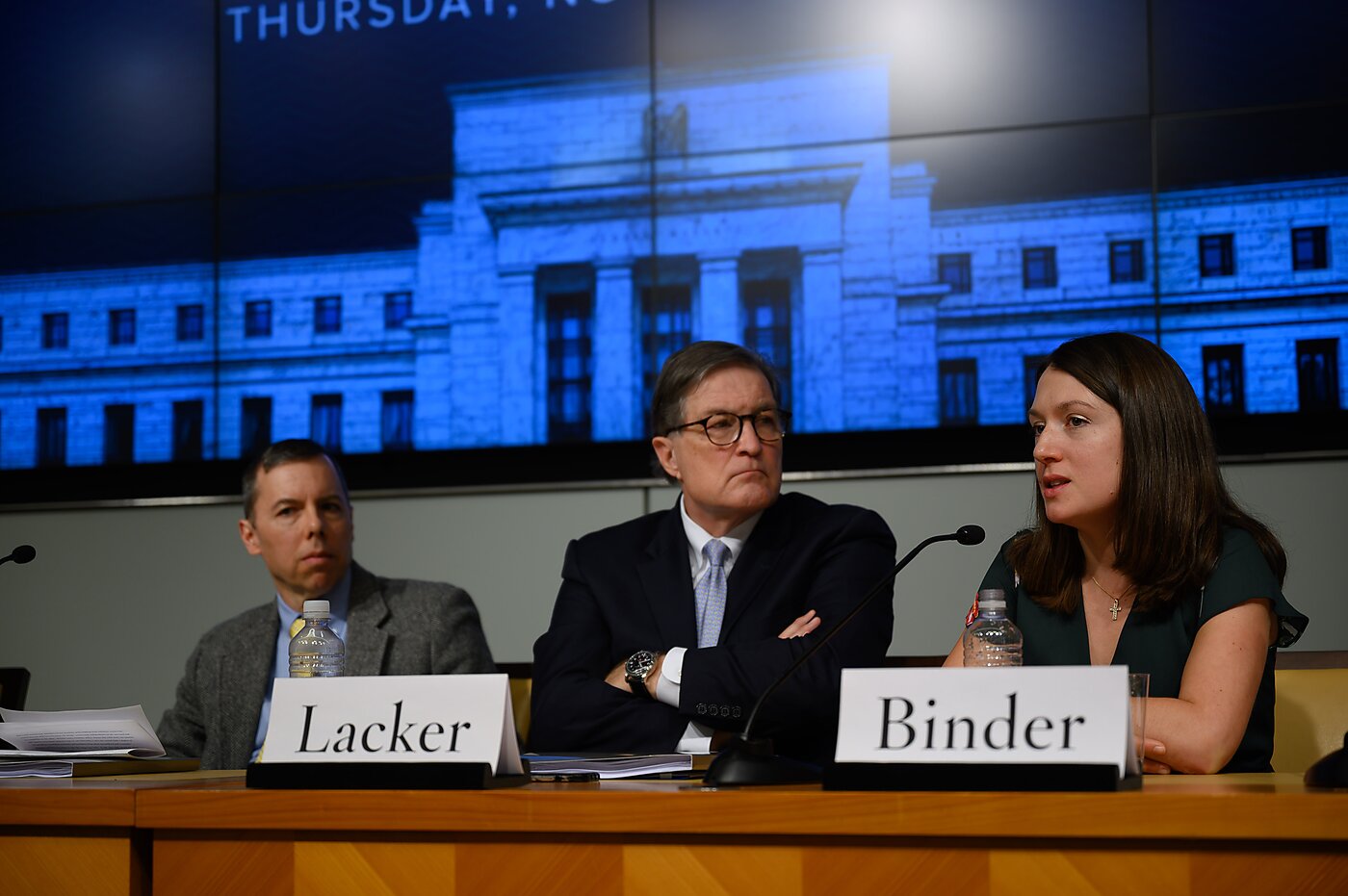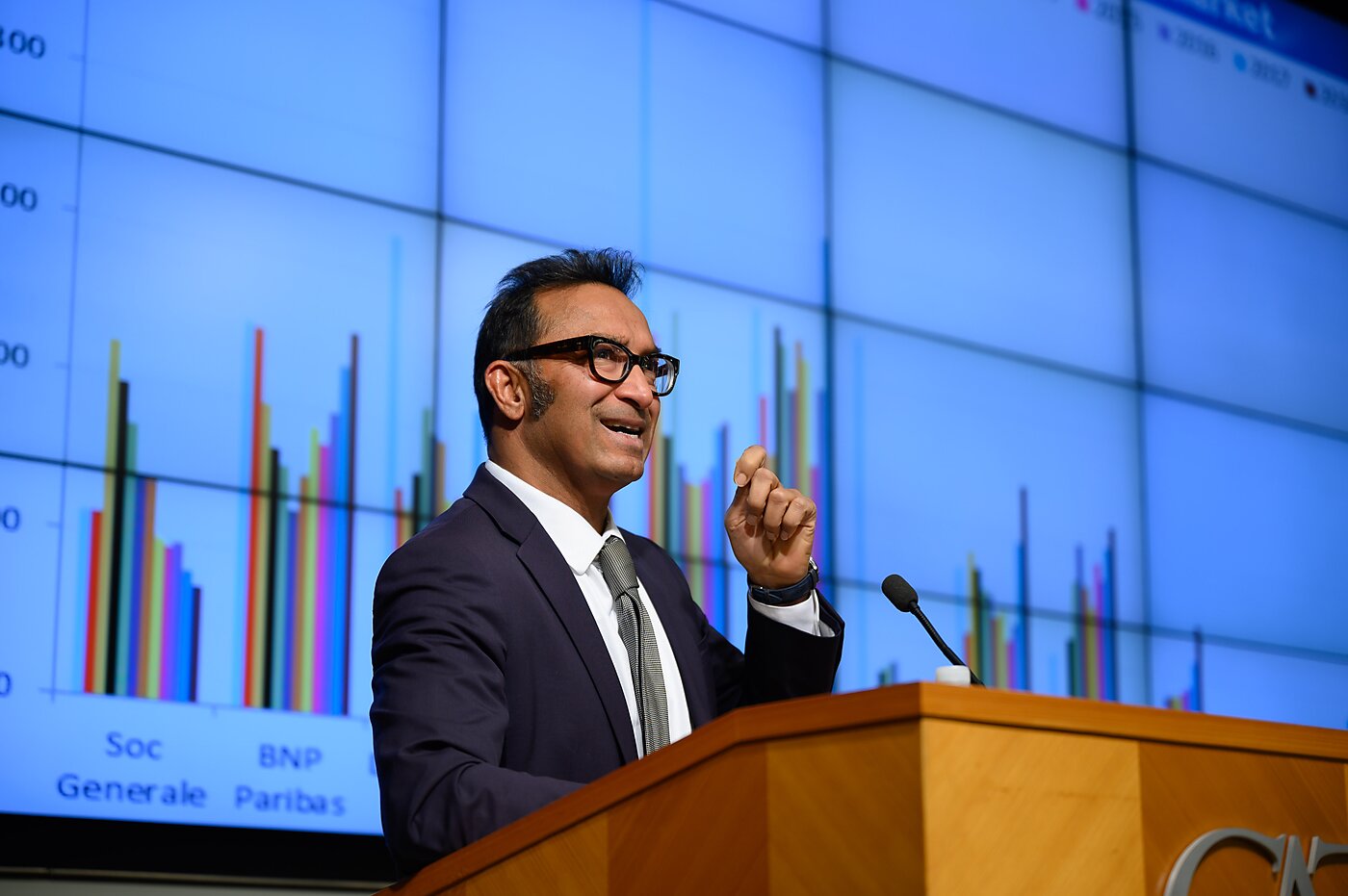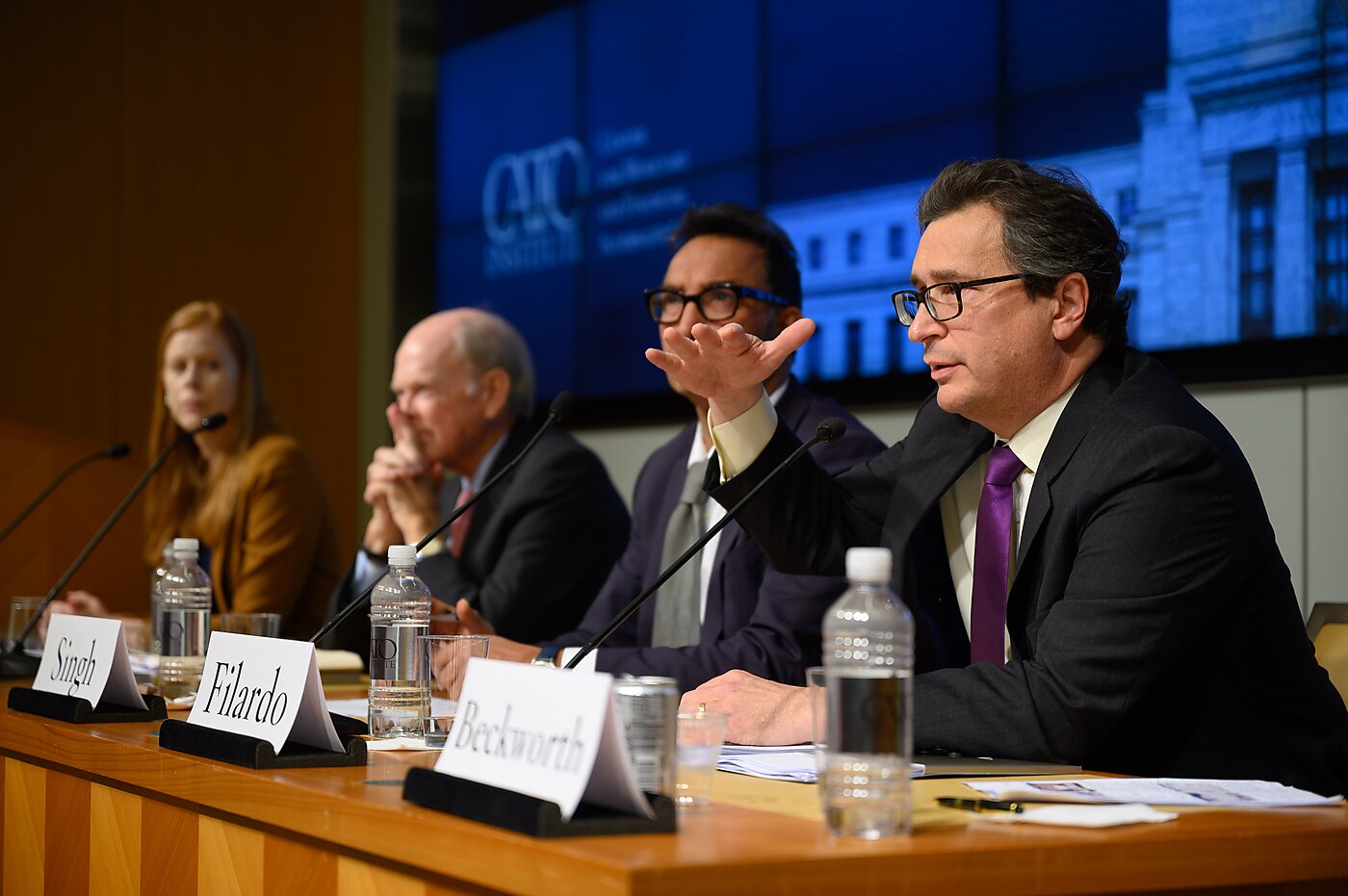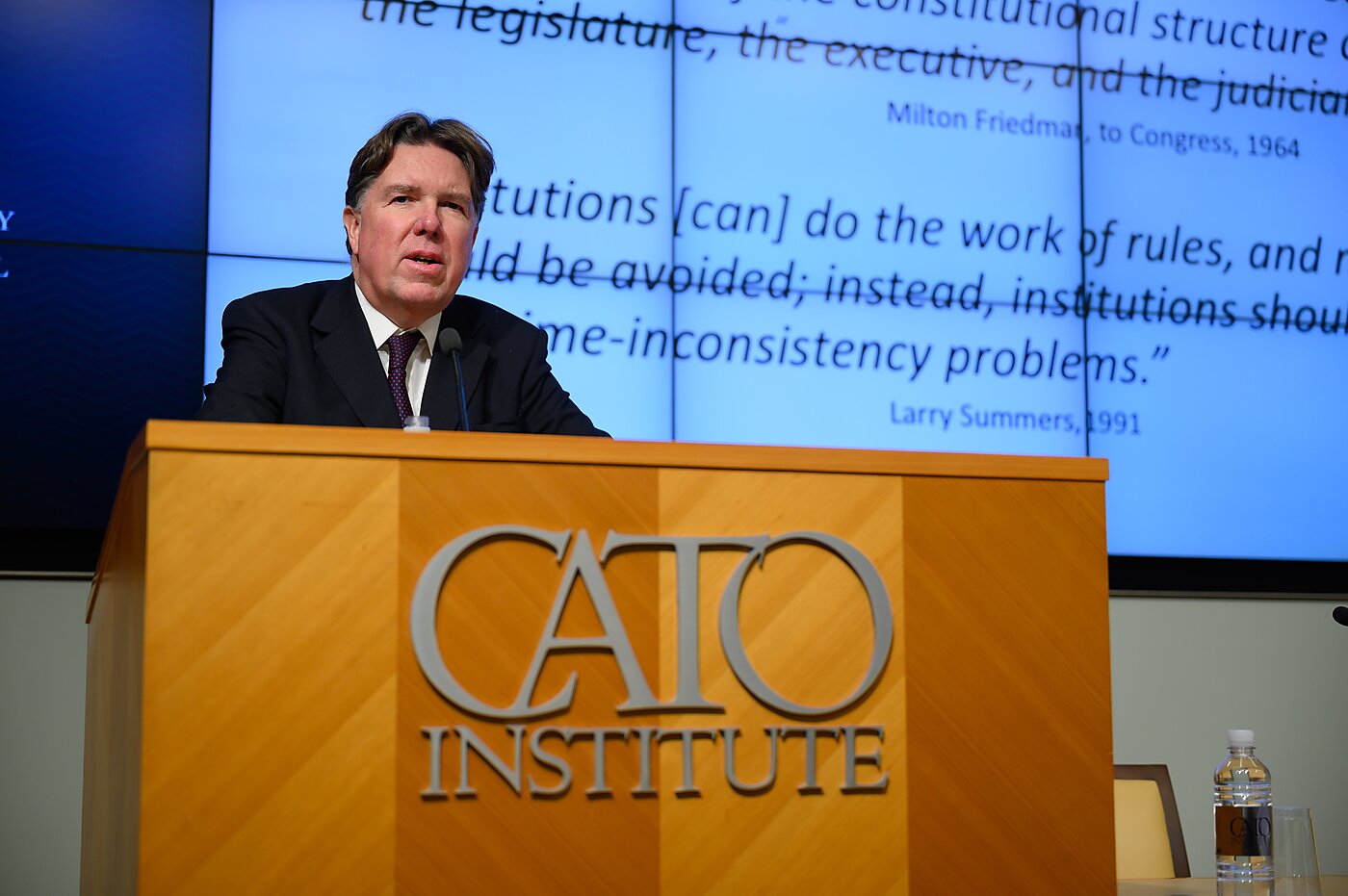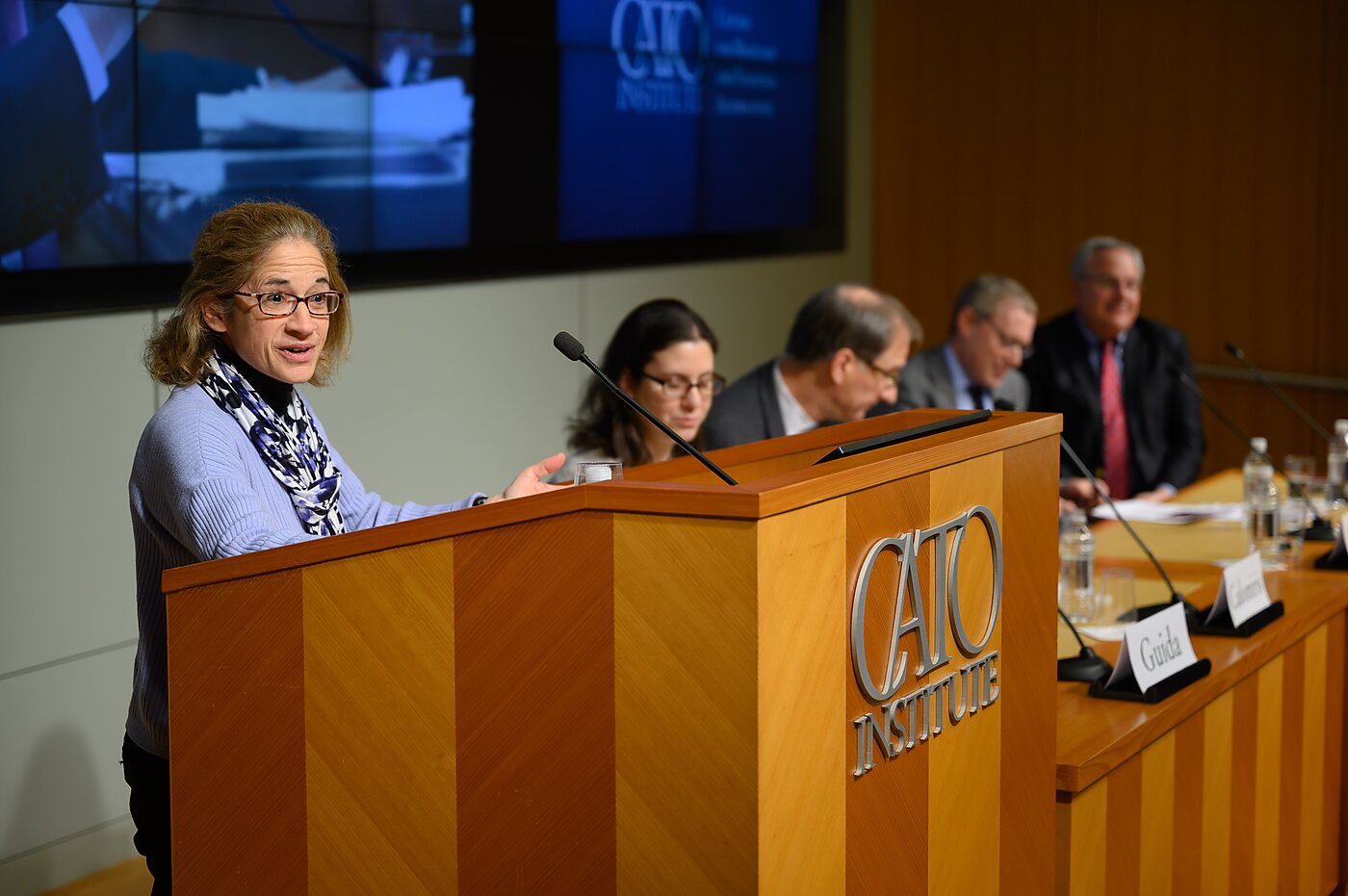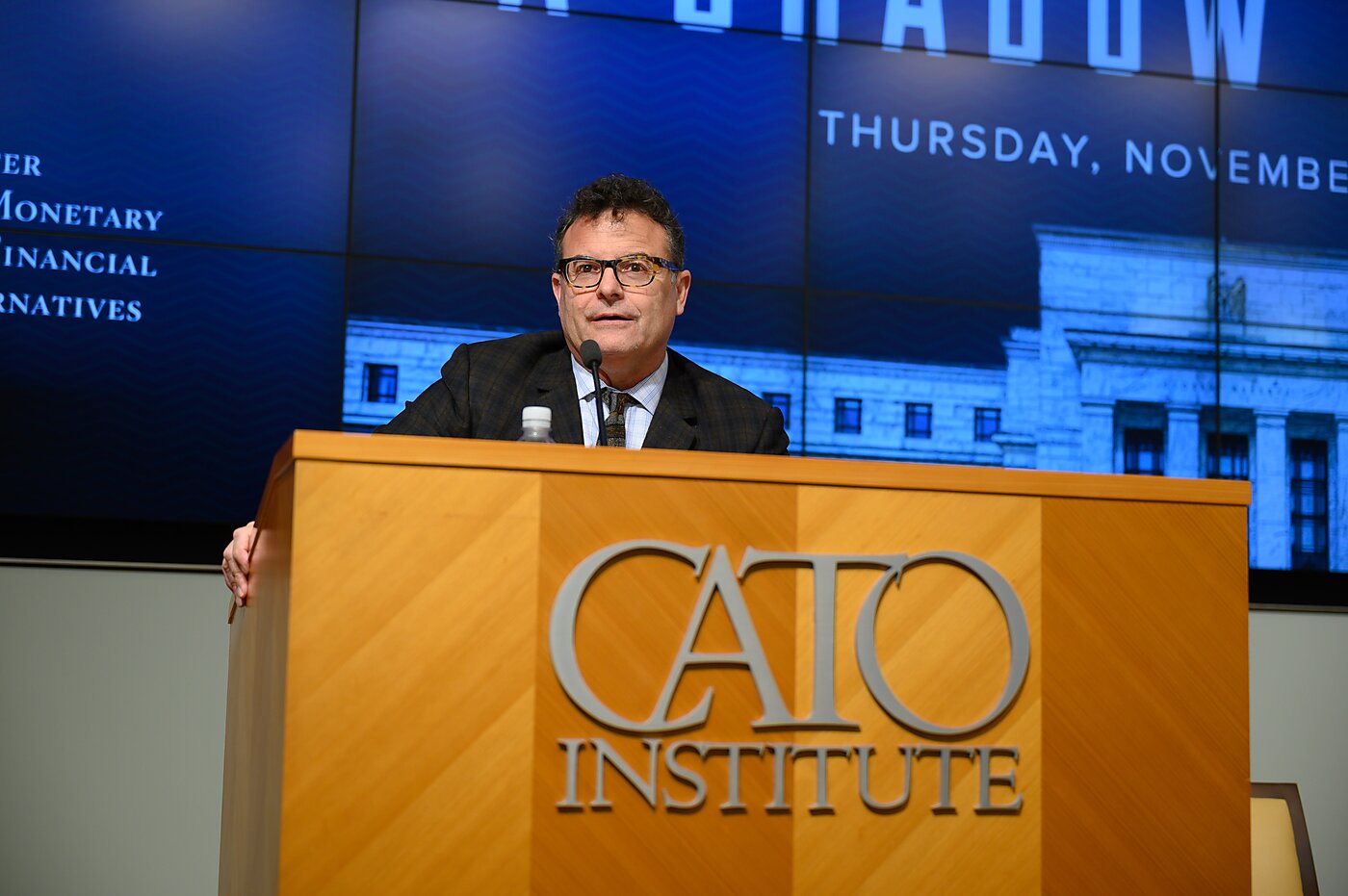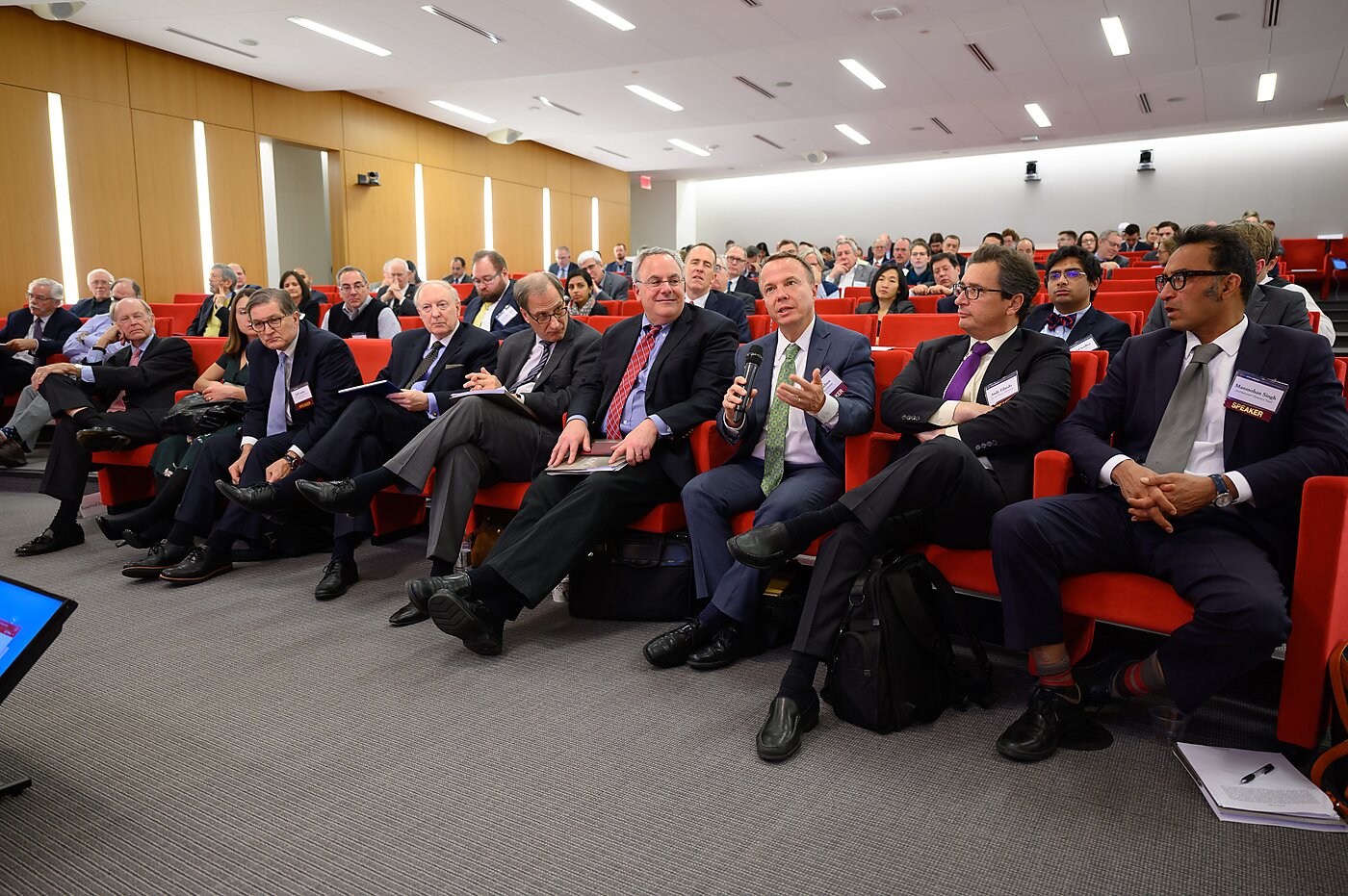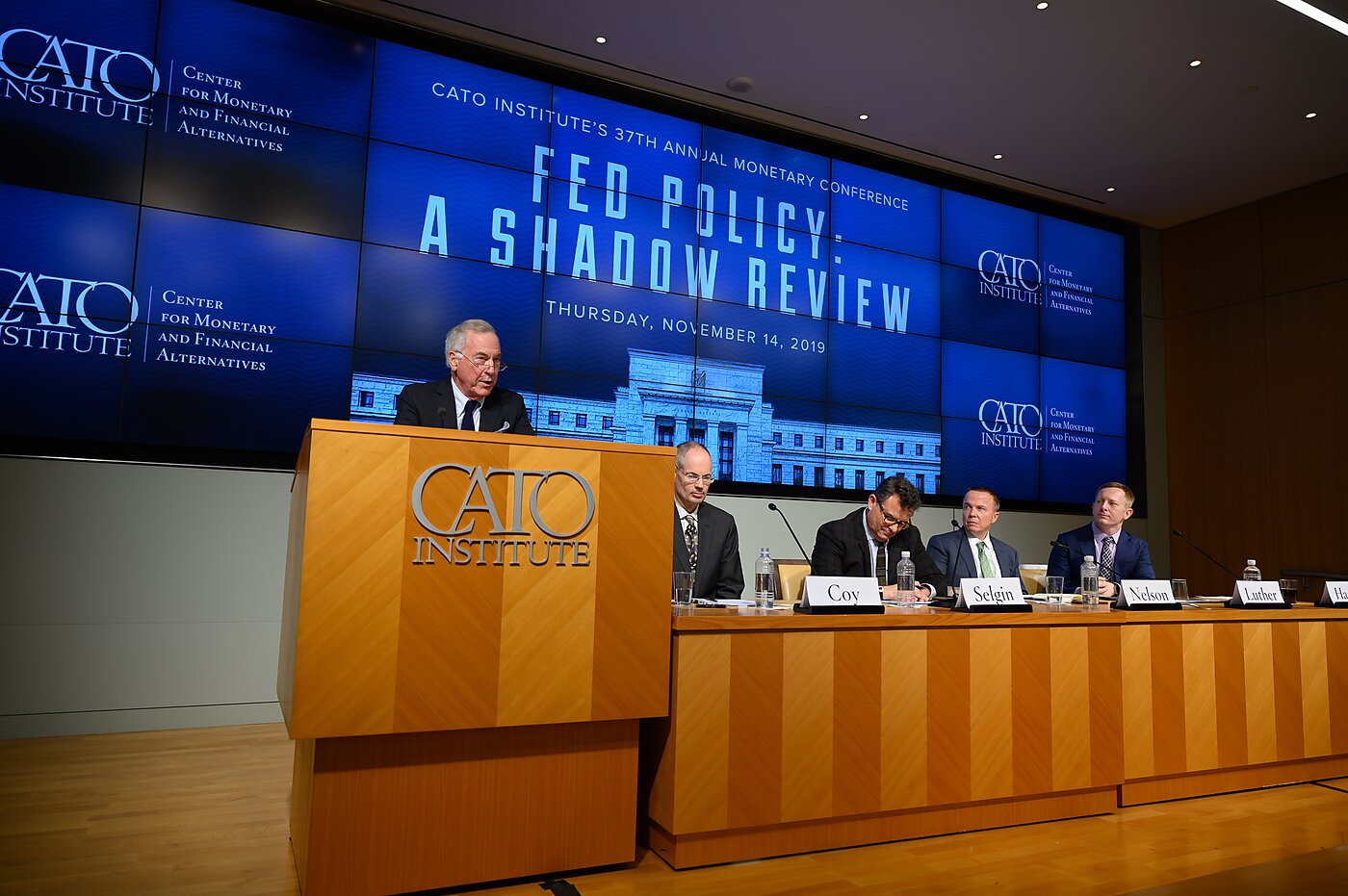On November 12th I wrote a longish post explaining how growth fluctuations in two of the Federal Reserve’s less-familiar liabilities—the foreign repo pool (FRP) and the Treasury General Account (TGA)—had contributed to a shortage of bank reserves that in turn caused repo rates to spike. I followed that post with a November 14th post describing steps the Fed, the Treasury, and Congress could take to reduce and otherwise tame those liabilities. Finally, in December, I wrote a third post noting that Congress had already implemented one of the reforms I’d suggested (allowing the Treasury to lend its surplus cash on the private repo market), while pointing to further information reinforcing the case for other changes I’d proposed.
Among those other changes, my November 12th post recommended that the Fed take steps to discourage heavy use of its foreign repo pool (FRP), noting that it might do so by
adjusting the FRP rate formula to make the facility less attractive. At the very least, it could quit making its own rate better than corresponding private market lending rates, as it appears to have been doing lately by basing that rate on the SOFR (Secured Overnight Financing Rate). Since the Fed is a uniquely risk-free counterparty, it arguably should make its FRP rate not higher but lower than corresponding private market rates. For example, it might set a rate equal to SOFR minus 10 basis points.
Well, it so happens that as I was preparing my December follow-up post, the FOMC released the minutes of its December 10–11 meeting, buried within which is a brief paragraph noting that
the Federal Reserve Bank of New York communicated to its customers that the remuneration rate on the foreign repo pool will be revised to be generally equivalent to the overnight reverse repo rate. This action may reduce activity in the pool to some extent and increase the level of reserves.
More details on the current workings of the Fed’s foreign repo pool service can be found by clicking here and scrolling-down to the “investment services” section.
As many of my readers will know, the “overnight reverse repo rate” the Fed now pays on foreign repo pool investments is also the lower limit of the Fed’s interest rate target range. As such, it is typically below the effective federal funds rate that’s supposed to fall somewhere within that range, and also below other overnight rates, including the SOFR. Consequently, and as can be seen from the chart below, there isn’t all that much difference between what the Fed has chosen to do (the new policy went into effect just before the minutes were released) and what I had suggested it do, except that by providing for a more certain and stable FRP rate “penalty,” my proposal would have constituted a somewhat more reliable means by which to discourage the pool’s overuse.
Although in recent weeks the overnight-reverse repo (ON-RRP) rate has generally been only 3–7 basis points lower than the SOFR, to judge by the decline in the FRP since the Fed announced its new policy, the change seems to have made a difference, though a late-December jump makes one wonder whether the trend will continue:
But let us not look a gift horse in the mouth! The step is certainly one in the right direction. Now we can only hope that the Fed and the Treasury will work together to come up with a plan for reining-in the TGA, which so far shows no signs of tapering.
If they need advice on how to do it, I refer them to the links at the top of this post!

